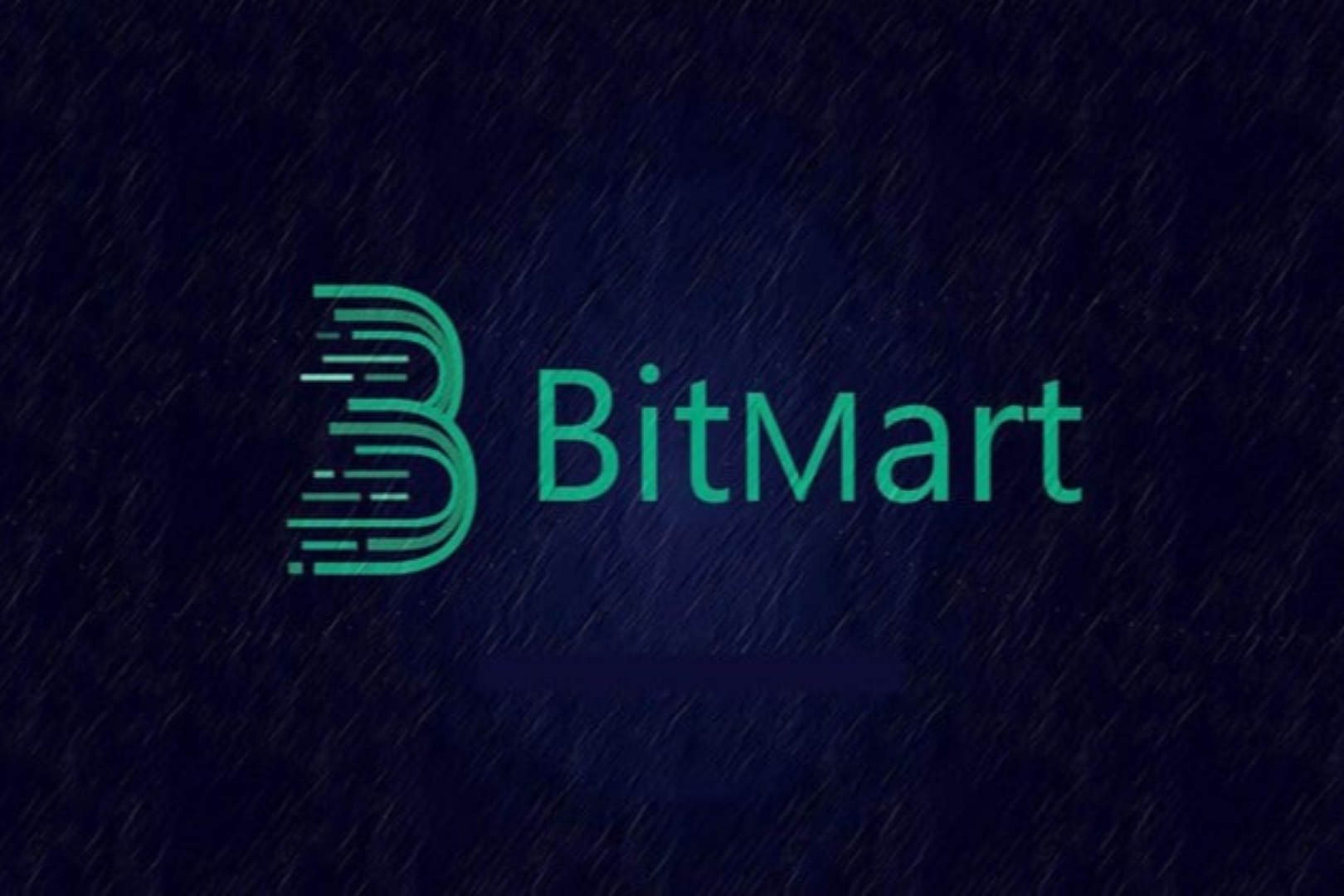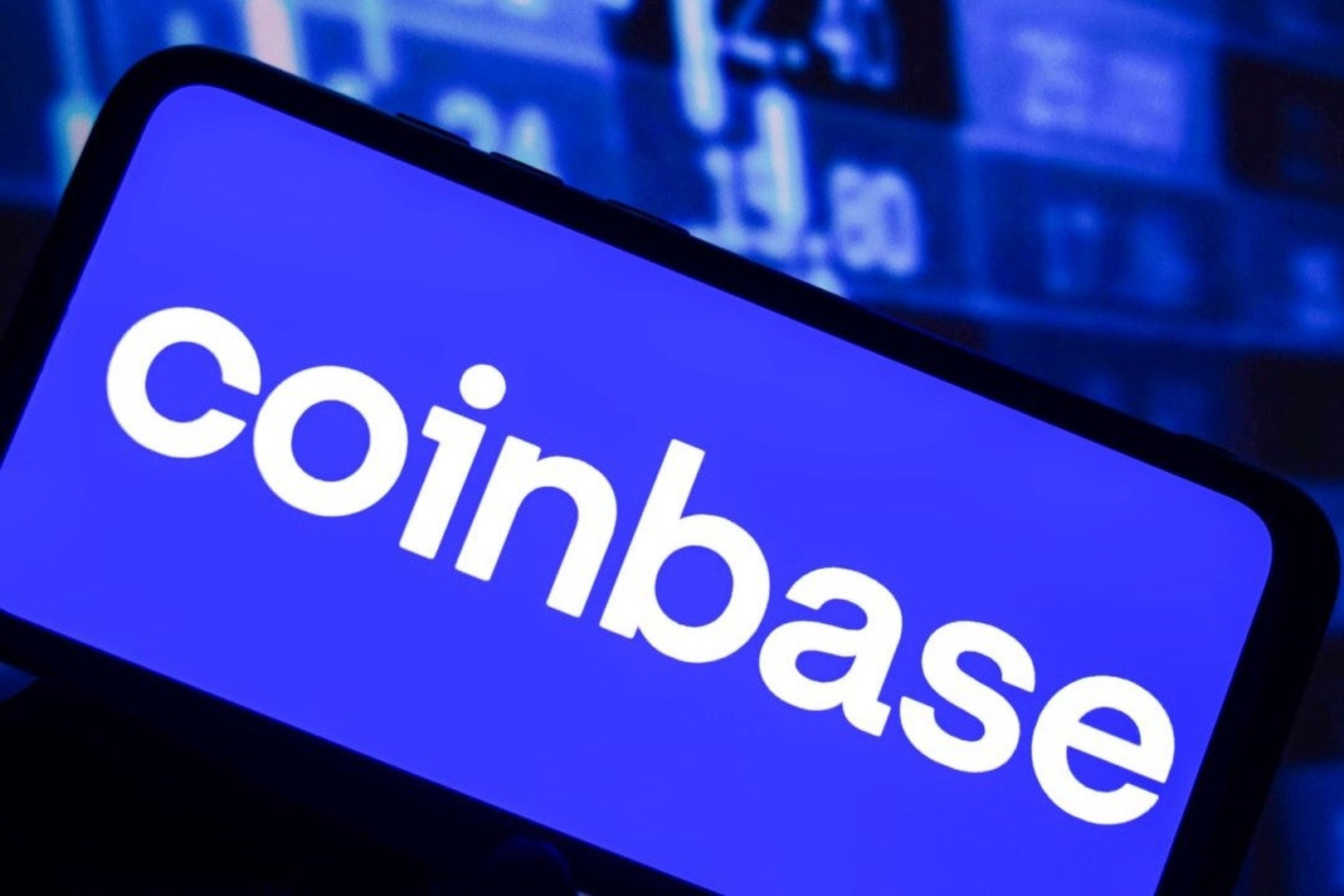image description
DeFiPulse
secondary title
DeFiPulse
DeFiPulse
Liquidity Pool Quick Start
In decentralized exchanges like Uniswap ("DEXes"image description
The largest Uniswap liquidity pool
In the graph above, you can also see the fees each liquidity pool has earned over the past 24 hours. Multiply the 24-hour cost by 365 to get an annualized cost estimate. And divide this annualized fee estimate by the total liquidity to get the estimated annualized rate of return of passing fees (the last line is green).
secondary title
Impermanence loss can be a killer
impermanent loss"impermanent loss"("IL"). In general, the larger the movement, the larger the IL. Sometimes the IL is so large that when the yield earned through fees is subtracted, the net yield becomes negative.
No wonder, IL is the bane of every AMM. Therefore, every AMM attempts to solve or mitigate IL algorithmically. These attempts have so far met with limited success.
solution"solution"secondary title
Bancor v2.1 - Shifting impermanent losses from LPs to the protocol
In v2.1, Bancor made three very simple changes from v1 that could have far-reaching effects on AMM.
The first change is that LPs only need to transfer a token (I use a generic"TKN "symbol) into the liquidity pool. The other half of the liquidity pool is provided by the Bancor Protocol and exists in the form of newly issued BNT (Bancor Protocol Token).
The second change is that not all fees go to LPs. Since LPs only put half the value in the liquidity pool, they only receive half of the transaction fees. The other half goes to the Bancor agreement. These fees are eventually burned upon release.
The third, and most profound change, is that Bancor compensates LPs for any IL by minting new BNT to cover losses.
secondary title
This is a better solution for LPs, but is it better for BNT holders?
Given the greater certainty of yield, Bancor's impermanent loss solution is a better solution for liquidity providers. LPs effectively earn token transaction fees without IL reducing their earnings, and principal.
That said, BNT has dropped over 48% since its initial 16% rise in the first hour after v2.1 was announced. So people are clearly concerned about the success of v2.1. What is unknown is how much more BNT will be minted to cover all instability losses, and how much will be burned through earning fees.
The core development team commissioned a 38-page report titled"Bancor v2.1--Economic and Quantitative Financial Analysis", analyzed the charging potential of Bancor's new model."Based on Uniswap data, the study found"Over a long enough time horizon, fees are expected to dominate option values"options"options"-- paid to LPs when they withdraw liquidity). If the research’s analysis is correct, the protocol will create an inflationary environment for BNT supply while providing liquidity pools with higher gross net yields vs. other AMMs (like Uniswap and Balancer) as IL is no longer a fee Or the drag on yield from liquidity mining rewards.
I first wrote about Bancor in February 2018 with the title"The Pundits Were Wrong, Bancor Solves A Big Problem, and is Scaling Rapidly". While I'm right that Bancor did solve a big problem, Uniswap finally solved it in a way that was easier for LPs by simply allowing LPs to use ETH instead of BNT in the liquidity pool. Taking the provision of liquidity for LINK tokens as an example, LPs on Uniswap provide equivalent LINK+ETH, instead of providing equivalent LINK+BNT on Bancor. And because most LPs on Ethereum hold ETH, it's a better product.
In this regard, Bancor's v2.1 goes a step further by canceling the requirement that LPs need to provide ETH or BNT in addition to risk assets. Now LPs only need to provide an ERC20 asset (that is, only LINK or only YFI), and then they can collect swap fees and liquidity mining rewards.
Therefore, although Bancor has historically used the BNT provided by LPs to provide BNT for each trading pair, which is a burden compared to Uniswap's use of ETH, but now, because it is provided by the protocol, the use of BNT can achieve the risk exposure of a single asset and Innovative features such as impermanent loss insurance, which appear to offer higher yields for LPs.
This could herald a new day for AMMs – where LPs have less friction, less risk, and consistently higher profits. You can try it yourself by following these directions.
The key unknowns are as follows: 1) whether the rate of return of the Bancor pool is high enough to attract LPs to join the agreement; 2) whether the fees incurred by the co-investment of the agreement are sufficient to offset the cost of insurance. Only time will tell, but it's a bet I'm willing to make.





